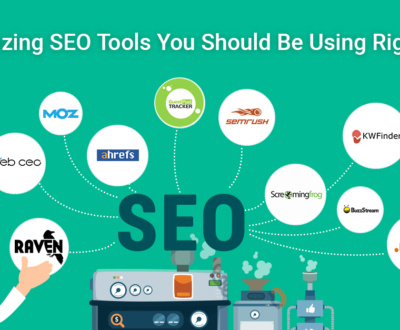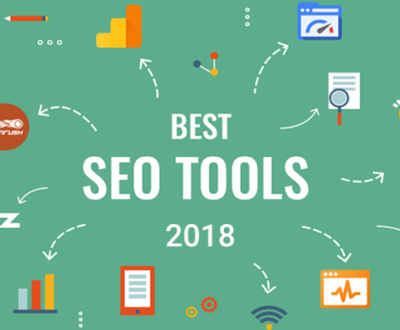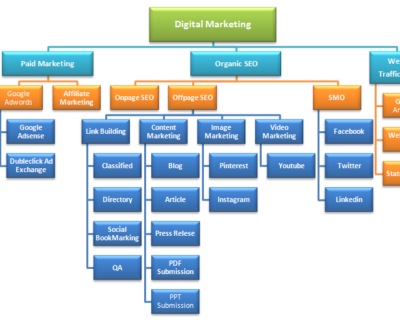Difference between Desktop SEO and Mobile SEO?
- July 22, 2022
- Digital Marketing, Google Ads, Lead Generation, SEO
What is the Difference between Desktop SEO and Mobile SEO?
Google’s latest research shows that mobile users today score higher than desktop users when it comes to buyer intent.
That’s right – people who search for products and services using their mobile devices (especially smartphones) are more likely to make a purchase than users who search for the same items on a computer.

And that can only mean one thing: it’s time to focus on mobile SEO. Because if you haven’t targeted mobile users, you’re missing out on big sales. How can you get started? Here’s everything you need to know.
Content
- Switch to Google “Mobile First” indexing.
- Mobile and Desktop SEO – Similarities and Differences
- What to do
- Think “mobile first”.
- Specific action steps
Switch to Google “Mobile First” indexing.
It wasn’t that long ago that Google’s indexing technology favored desktop websites. Even if you’re using your smartphone, you’ll get search results based on the Google desktop index.
But things have changed. These days, Google is adopting a mobile-centric indexing policy.

This means that when you use your smartphone, you will get results based on what Google has indexed from the mobile versions of the website. Therefore, focusing on mobile SEO is more important than ever.
Mobile and Desktop SEO – Similarities and Differences
Already running a desktop SEO campaign? Then you don’t have to start from scratch because mobile and desktop SEO are similar in many ways. Content is important in two ways. It’s true what they say – the inside is always the king. You simply cannot rank for a target keyword without relevant and useful content surrounding it.
User experience is another focus for both. Users should be able to browse your site and easily find what they need. Ultimately, performance remains central to desktop and mobile SEO. Online shoppers hate it when a website is constantly down or slow to load.
All of this means that there is one primary difference between desktop and mobile SEO – and that is audience focus.
Desktop SEO targets the general public, usually without a geographic focus.
Meanwhile, mobile SEO usually focuses on local search because most mobile users search for local results. Google knows where the mobile user is coming from when searching.
What to do
With all that said, what’s your next step to take advantage of the mobile revolution?
Google recommends creating a responsive website that adapts to load well on mobile devices. That’s the gold standard – and it’s 100% true.
The problem is that most people start designing their responsive website for desktop and then make it mobile-friendly almost as an afterthought. Don’t make the same mistake.
Think “mobile first”.
Design your website quickly for mobile users. Why? Because the majority of traffic is likely to come from mobile devices. In fact, almost all websites these days get at least 50% and up to 80% of their traffic from smartphones. Check Google Analytics and you might be surprised.
Specific action steps
Many experts think it’s worth learning CSS to understand how responsive codes work. But that’s easier said than done if you don’t have a tech background.
The best way forward is to hire a web development and SEO company that specializes in mobile and desktop SEO.
If you have some coding skills, then it’s a good idea to familiarize yourself with the basic technical aspects of mobile SEO so you can apply them to your website. You may also want to know this before you hire an agency so you don’t go into the process blindly:
- Optimize title tags, H1 headings, URLs, image alt text, metadata descriptions, and content just like you would standard desktop SEO. However, be sure to pay special attention to title tags and meta descriptions.
- You need to make it shorter and more attractive. Why? Because mobile SERPs don’t display as much text as desktop SERPs. Your titles and descriptions will be shortened. Remove all pop-ups. They are annoying on a desktop and even more annoying on a small mobile screen.
- Use the schema markup. Rich snippets make your website stand out in search results.
- Do you like special effects and animations? Do not use Flash. Use HTML5 instead.
- Consider click size. Make your menu buttons and other clickable elements large enough to be tapped with fingers. Make sure they are not too close to each other or users will get angry if they click something they don’t want to click. Is your goal to have potential customers call you and, for example, make an appointment? Add a click to call button to make it easier for them.
Finally, if you must have forms on your website, make sure they fit the screen and are easy to use. Are farms too small? Make them bigger. Choose the right keyboard to make it easy for users to type answers. They should
- Digital Marketing, google ads, Lead Generation, Marketing, off page optimization, off page seo, off page seo checklist, off page seo kaise kare, off page seo kya hai, off page seo practical, off page seo step by step, off page seo tutorial, on page and off page seo, on page optimization, on page seo, on page seo and off page seo, on page seo tutorial, on page seo vs off page seo, Physical Marketing, SEO, seo off page, seo on page off page, Traditional Marketing, what is off page and on page seo, what is off page seo
About us and this blog
We are a digital marketing company with a focus on helping our customers achieve great results across several key areas.
Request a free quote
We offer professional SEO services that help websites increase their organic search score drastically in order to compete for the highest rankings even when it comes to highly competitive keywords.
Subscribe to our newsletter!
More from our blog
See all postsRecent Posts
- What are Web Stories and their importance? July 30, 2022
- What are Paid Ads and Advantages of Paid Ads? July 29, 2022
- How Web 2.0 is Different from the Web 3.0? July 28, 2022















